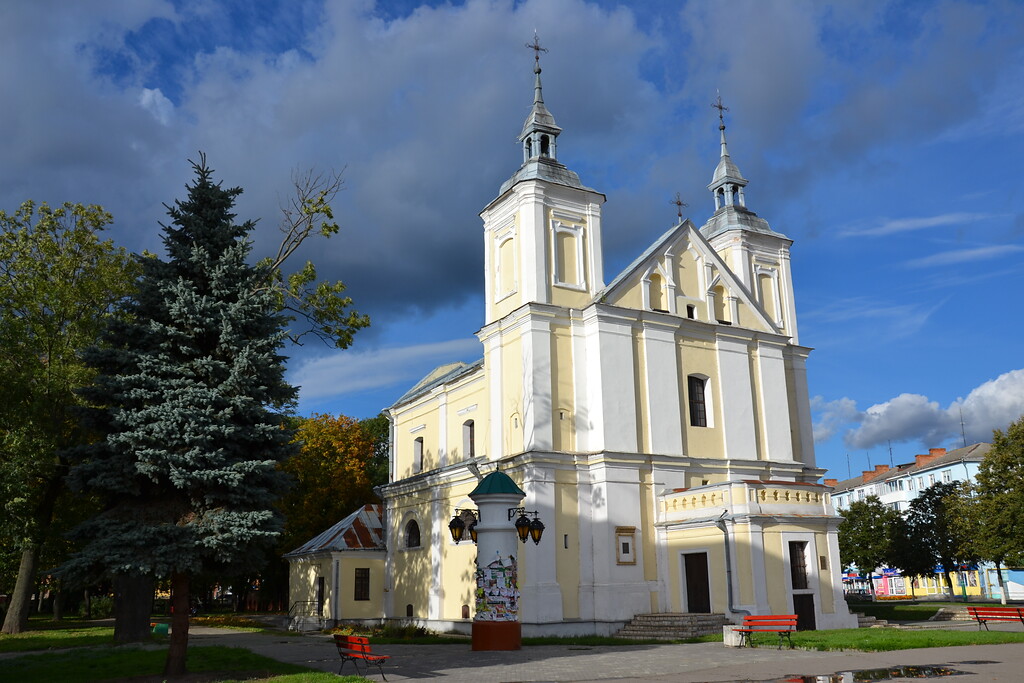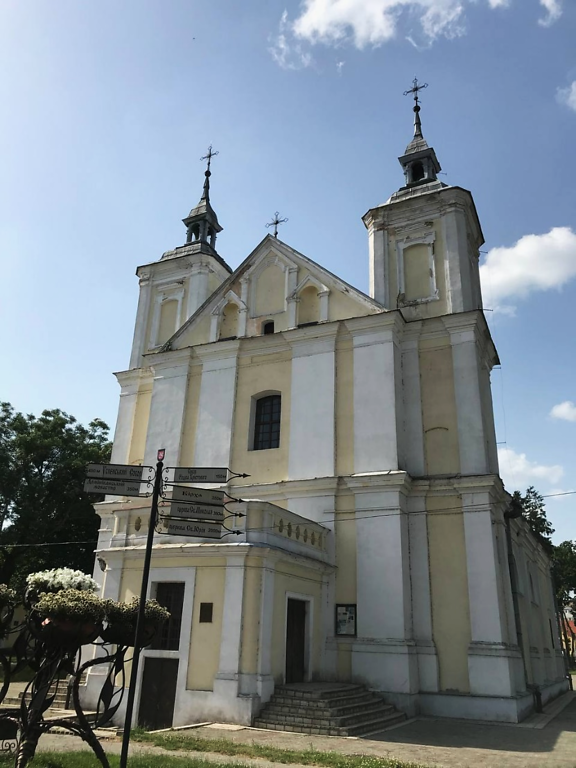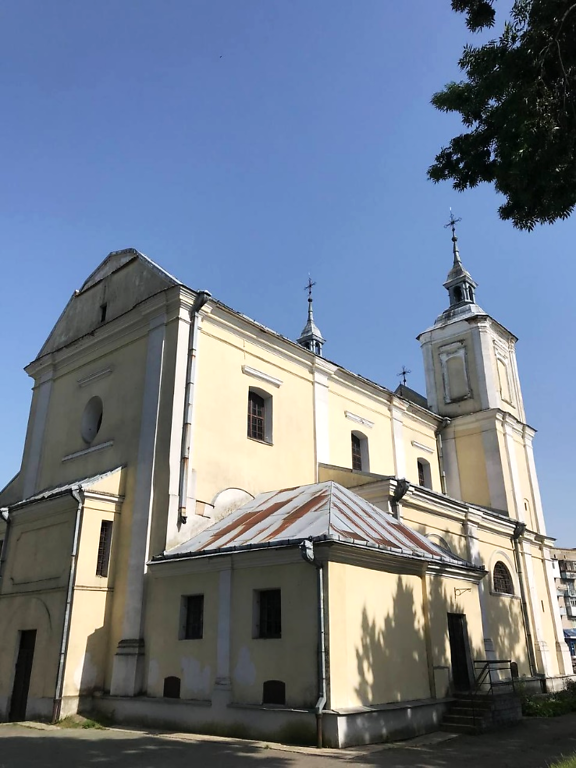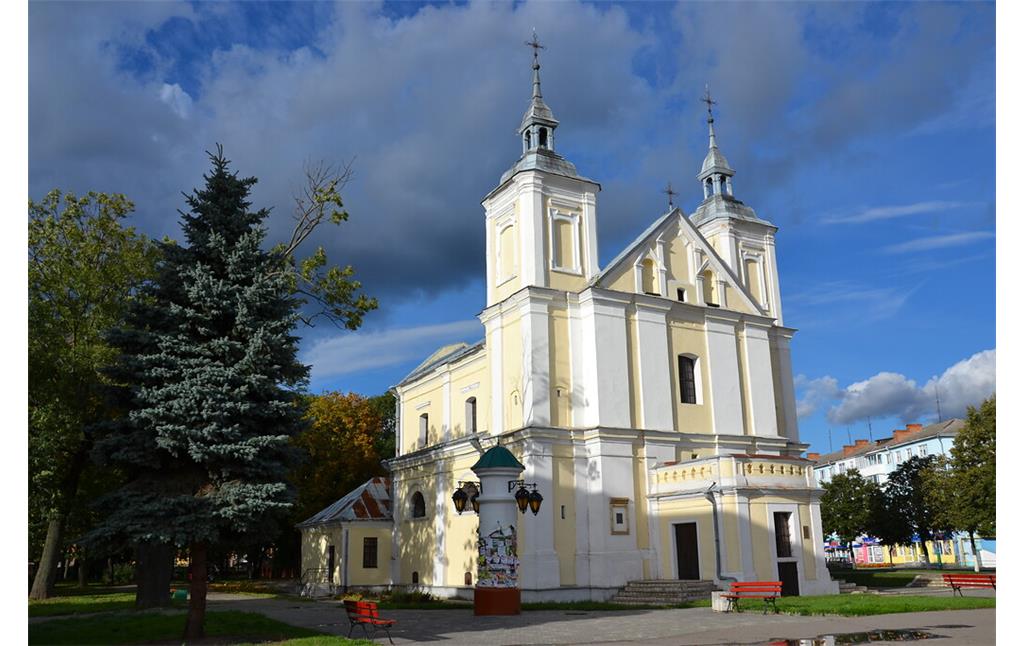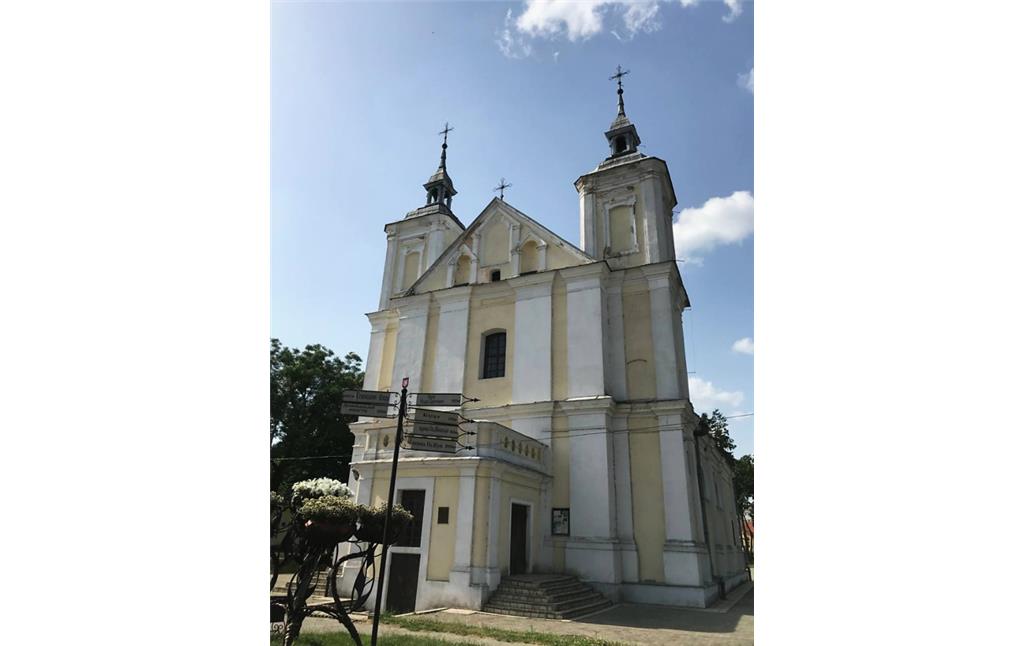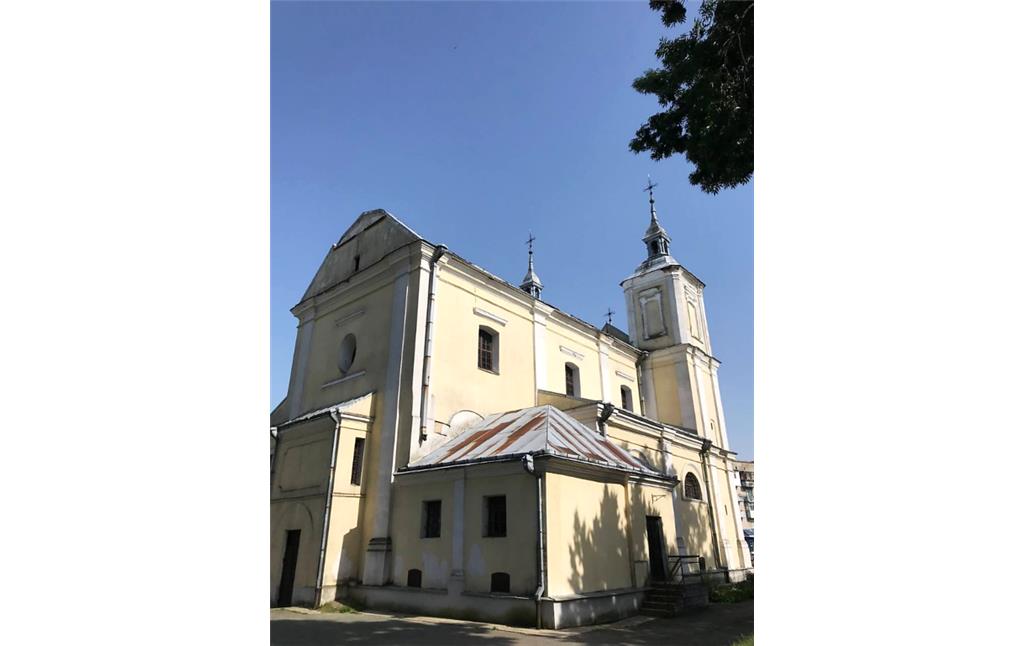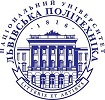
In 1371, the Catholic diocese was established in Volodymyr. The first Catholic Bishop was St. Peter from the Order of Dominicans. In the 16th century, Princess Hanna of Zbarazh (1579/1580-1652) sponsored the building of St. Joachim’s and St. Anne’s wooden Catholic Church, supported by Martin-Bozhidar Pidgorodnenskyi (18th century; buried in the church as a patron). But the wooden church burnt down during the early 17th century.
The building of todays’ St. Jochem’s and St. Anne’s brick Catholic Church began in the 18th century with the active support of Adam Oranski, the Bishop of Lutsk. The church was sanctified in 1752 and acted initially as a parish church.
In the late 18th century, the Polish King Stanislaw August Poniatowski (1732-1798) visited the city and the church.
Citizens of Volodymyr tell a legend that treasures of Polish Kings were kept inside the church.
In 1947, the church was closed by the Soviet regime and later it was used as a furniture store and a café. In 1991, the church was returned to Roman Catholics. Today it is used as a regular church.
(Yulia Karpiuk, Lviv Polytechnic National University, 2021)
